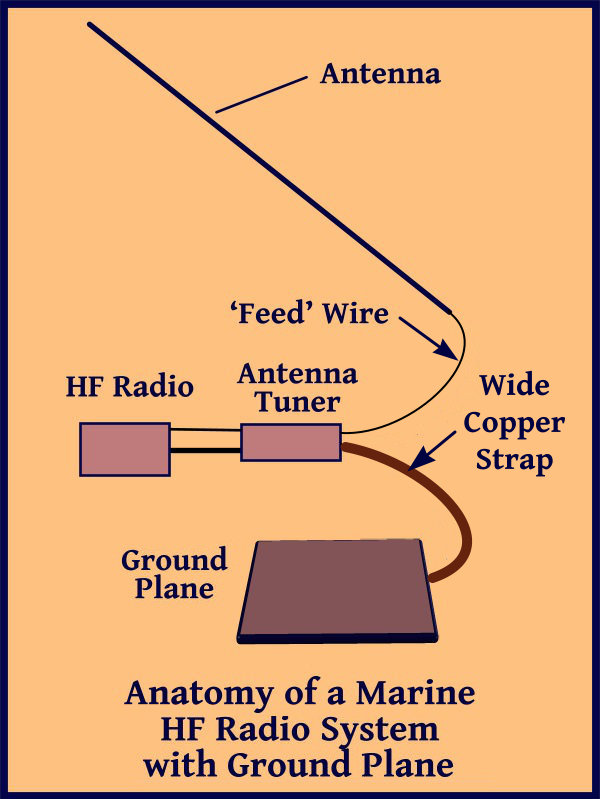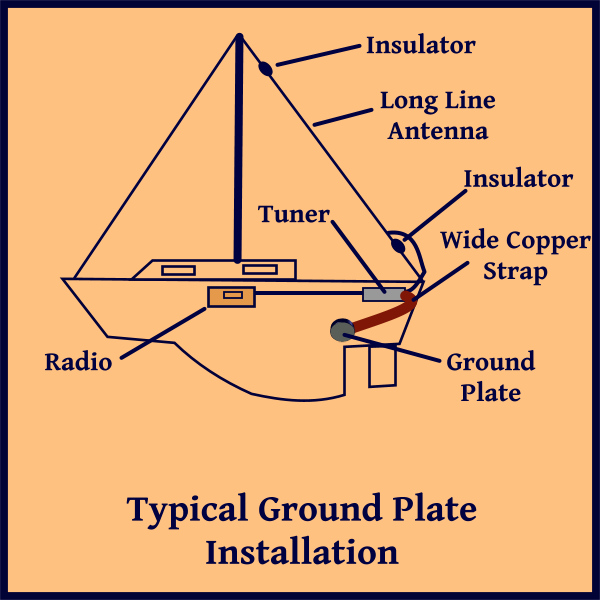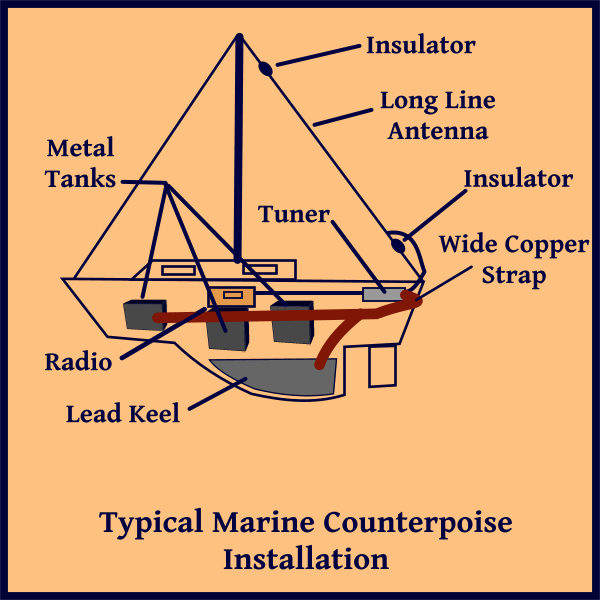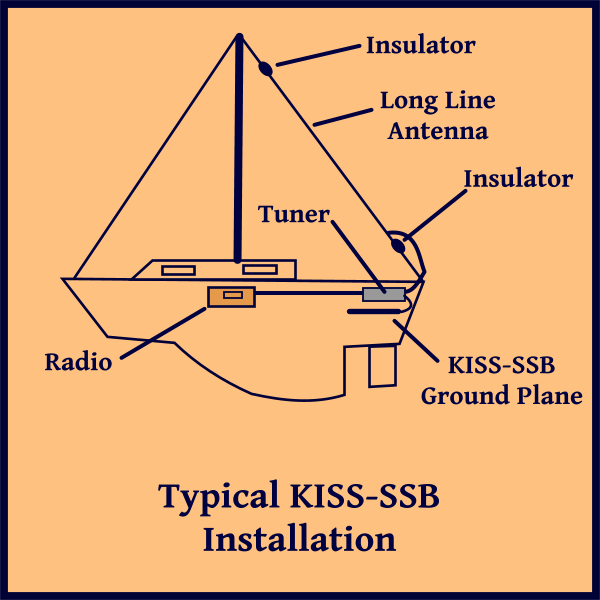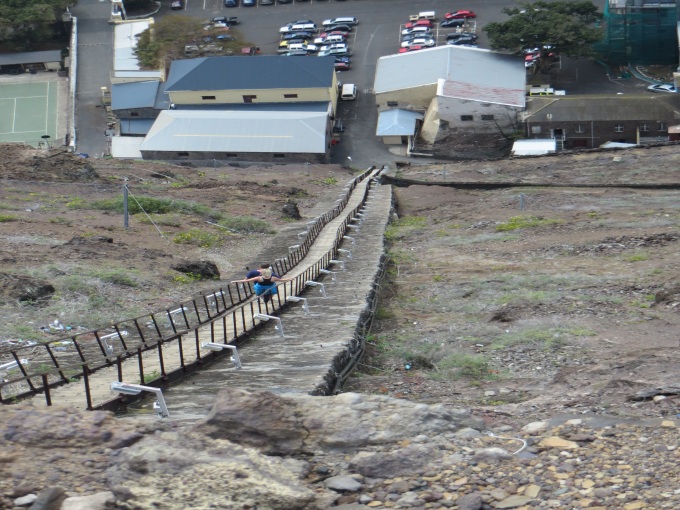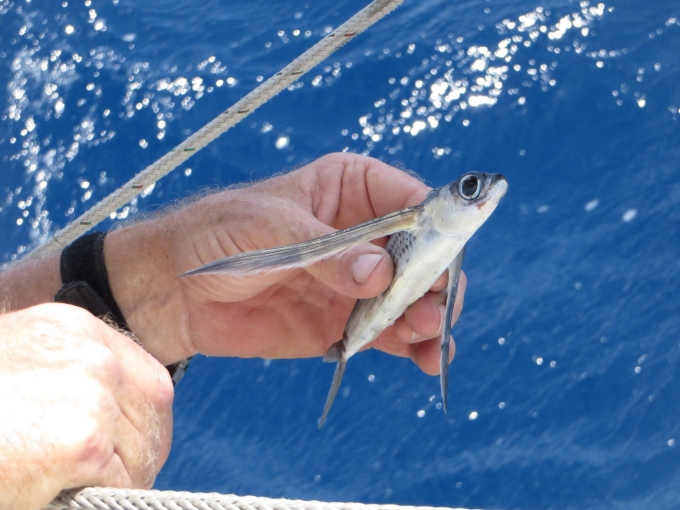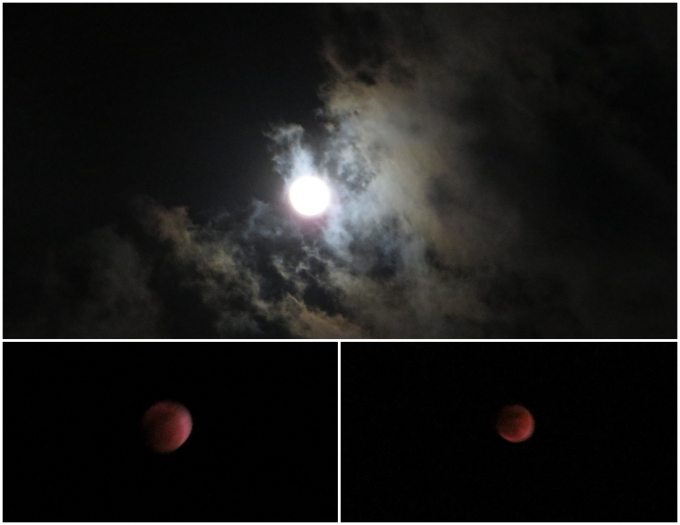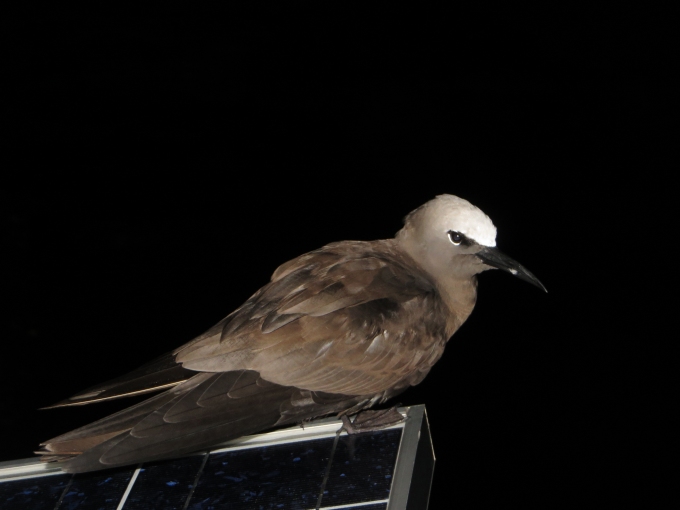A Failure to Communicate
/Every once in awhile, we have one of those days. I had a hot, unproductive, frustrating one earlier in the week. With so many holidays lately, we've had a hard time setting up our local communications, i.e. getting our little unlocked Australian phone to work in Trinidad. When we were here in December, we bought a SIM card, but only used it for data/internet/Skype in the iPad for a couple of days and then we were gone. We didn't need a phone then. Now we do. We pretty much get a new SIM and/or dongle in every country (Remember our trials in Luderitz, Namibia?) for internet and phone use. We've got several jobs to be done on Nine of Cups here and getting in touch with tradesmen and suppliers is nearly impossible without a phone. Internet here at Power Boats, though not great, is free, so voice and text is all we need. We put December's SIM card into our phone and nada. We waited out the 4-day Easter holiday and I was determined that we'd get the phone sorted before the Shouter Baptist holiday. Everyone was slow to get back to work after the long weekend. David was waiting for a mechanic to show up (yet another story), so I walked over to Crew's Inn … about a mile or so away … to the BMobile shop to get a new SIM.

Western Main Road, on which Power Boat is situated, is two lanes … hot, dry and dusty … with little shade and a well-worn path along the side for pedestrians. Power Boats is situated on one side of Chaguaramas Bay and Crew's Inn, another marina where several shops are located, is situated on the other side. A good pitcher could throw a ball from one marina to the other. The mile-long hike requires walking to the end of bay on one side and coming around in a big U-turn to the other side. Unfortunately, there is no view of the water … only parched, dry grass and passing traffic. I plodded along past the street side of a couple more marinas … Coral Cove and Tropical … and finally entered the long entrance drive towards Crew's Inn, past Customs and Immigration and up the hill to the little shops at the Shipwright Building.
Actually, I had four goals on my mission list. The phone was #1 and I headed there first. Karla was helping several visiting crew at the time and I (impatiently) waited my turn. After some juggling of the SIM card between phones, she told me our SIM card had no credit, but was still active. Our little red antiquated Australian phone was the problem. We could either use the SIM card in the iPad again, or buy a new phone. Ugh! I decided to buy a phone. “May I have your passport, please?” Hmmm …. I brought my credit card and cash, but no passport. With much reassurance, cajoling and bullshitting, I managed to convince Karla that I'd e-mail my passport info to her ASAP, but I needed to buy the phone on this trip. “Please don't send me all the way back to the boat!” I pleaded. I convinced her and ended up with a Huawei Y3 smartphone for TT$200 (about US$33). Now, I needed to buy some voice/text credit. Karla apologized … she had no BMobile “top up” vouchers available in her BMobile shop. I needed to go elsewhere, maybe Massy's Supermarket, to buy some credit. I left with a new, but still unusable, phone.
The second goal on my list was to stop at the boat graphics shop and see about getting Nine of Cups' name back on the transom. Since we have had the topsides painted, we are a “no-name” boat. The shop door was locked and they were closed up tight with 9am showing as their reopening time. The next day was a holiday. Maybe we'd see them later in the week. Scratch #2 on the list.

Goal 3 was to stop in at Members Only, say hi to Jesse and Sharon Rose and try to arrange a couple of tours for Lin's visit. Members Only is the cruisers go-to resource for trips, tours, taxis and just about anything else. They were supposed to be in the office till Noon, but they'd already left and weren't returning. No one else could help. I hadn't topped up the phone yet, and didn't even know my new number, so I couldn't leave my contact info. I'd send an email. Scratch #3 on the list.
Over to Massy's Express market to buy a top up voucher as well as the ingredients for dinner. With the fridge out, we've been buying our victuals daily and Massy's has the best selection without heading into town on the bus. BLTs … one of David's favorites … was on the menu and I rounded up the turkey bacon, tomatoes and lettuce and a few other odds and ends. “Where's the bread?” I asked. “The truck hasn't come yet after the holidays. No bread. Maybe later.” I bought what I had along with a few incidentals and the top-up voucher, stuffed everything into my backpack and trudged back to the boat.
I was hot and sweaty when I slowly climbed the ladder. I descended into the cool of the boat and chugged a bottle of water. Having struck out on 2.5 of 4 goals for the trip, I quickly got the new phone out to add the credit I'd just bought. How? It wasn't intuitive. I got out the manual … it was in Spanish. My Spanish is pretty rusty. I left it for David to figure out and headed down to the Dockside Market for a loaf of bread. They were out. I climbed the ladder once again. David was grousing over the phone. We finally figured how to enter the credit, but kept getting an error message before it would accept the voucher. As promised, I emailed my passport info to Karla and asked if she could help with the problem.
In an hour or so, Karla responded to my e-mail. She would only be there till 3pm and then closed the next day for the holiday. I needed to return with the phone so she could help. Really? David's mechanic had shown up, but another fiberglass guy had not. He was coming “anytime now”. It was already after 2pm. I packed up and begrudgingly headed back to the BMobile shop, cursing and sweating all the way. Karla had no English instruction manuals and didn't think she could get one. (She suggested I should download what I needed from the internet … it was “greener”.) She fixed the problem with the phone, loaded the credit and gave me a mini-tutorial on using the phone which I immediately spaced out. We were good to go. I poked my head into Massy's again just to see if some bread might have arrived. Nope.
I stopped at a tiny off-the-road shop on the way back. The clerk was asleep … literally … with her head down on the counter. The shop shelves were nearly empty, but on the rack at the back of the store, I spied one loaf of plain old sliced white bread. I woke her up to pay for it.
The new phone works. David was able to make a call. It's nothing like the iPhone Lin gave to us, so we're learning to drive all over again. I'll try to download the Op Manual the next time we have a clear internet signal. I'm happy to say, we are no long incommunicado AND we have yet another phone to add to our burgeoning collection.

As as side note …
Before we left the States, we gave everyone our Trini cell phone number just in case of emergencies. In actuality, it appears we were giving them our Namibia phone number which was taped to the back of our old phone. Sorry folks! See what happens with a few months off the boat! Or was that an early April Fool's Day joke? Yeah...that's what it was.
For last year's April Fool's day joke, check this out.


